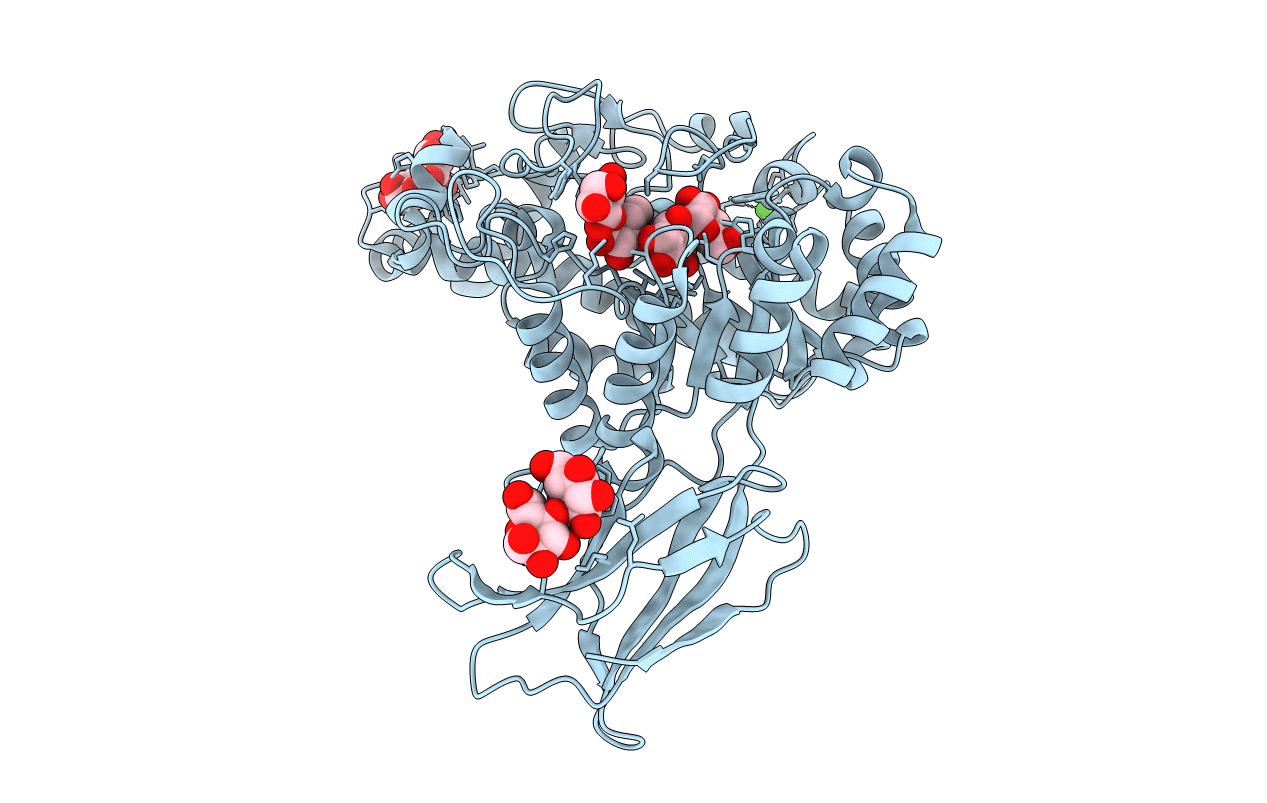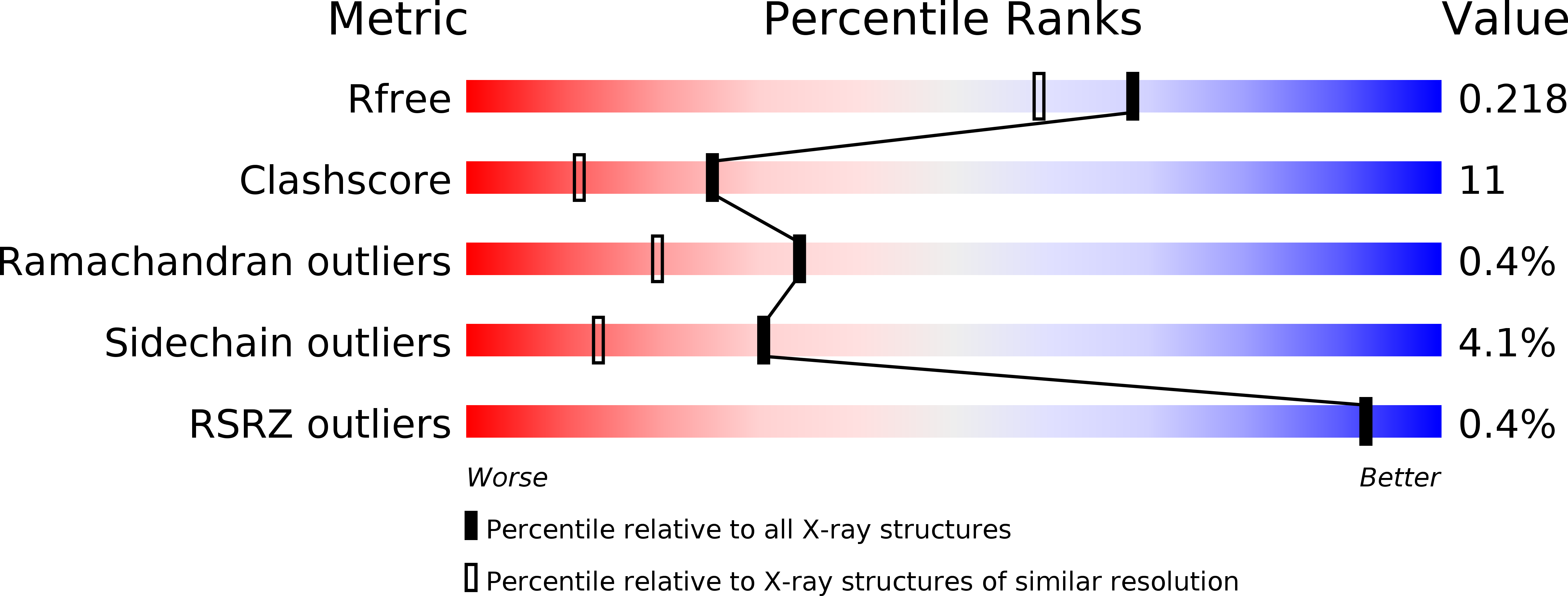
Deposition Date
2004-04-03
Release Date
2005-05-24
Last Version Date
2024-10-16
Entry Detail
PDB ID:
1VEM
Keywords:
Title:
Crystal Structure Analysis of Bacillus Cereus Beta-Amylase at the optimum pH (6.5)
Biological Source:
Source Organism:
Bacillus cereus (Taxon ID: 1396)
Host Organism:
Method Details:
Experimental Method:
Resolution:
1.85 Å
R-Value Free:
0.20
R-Value Work:
0.17
R-Value Observed:
0.17
Space Group:
P 1 21 1


